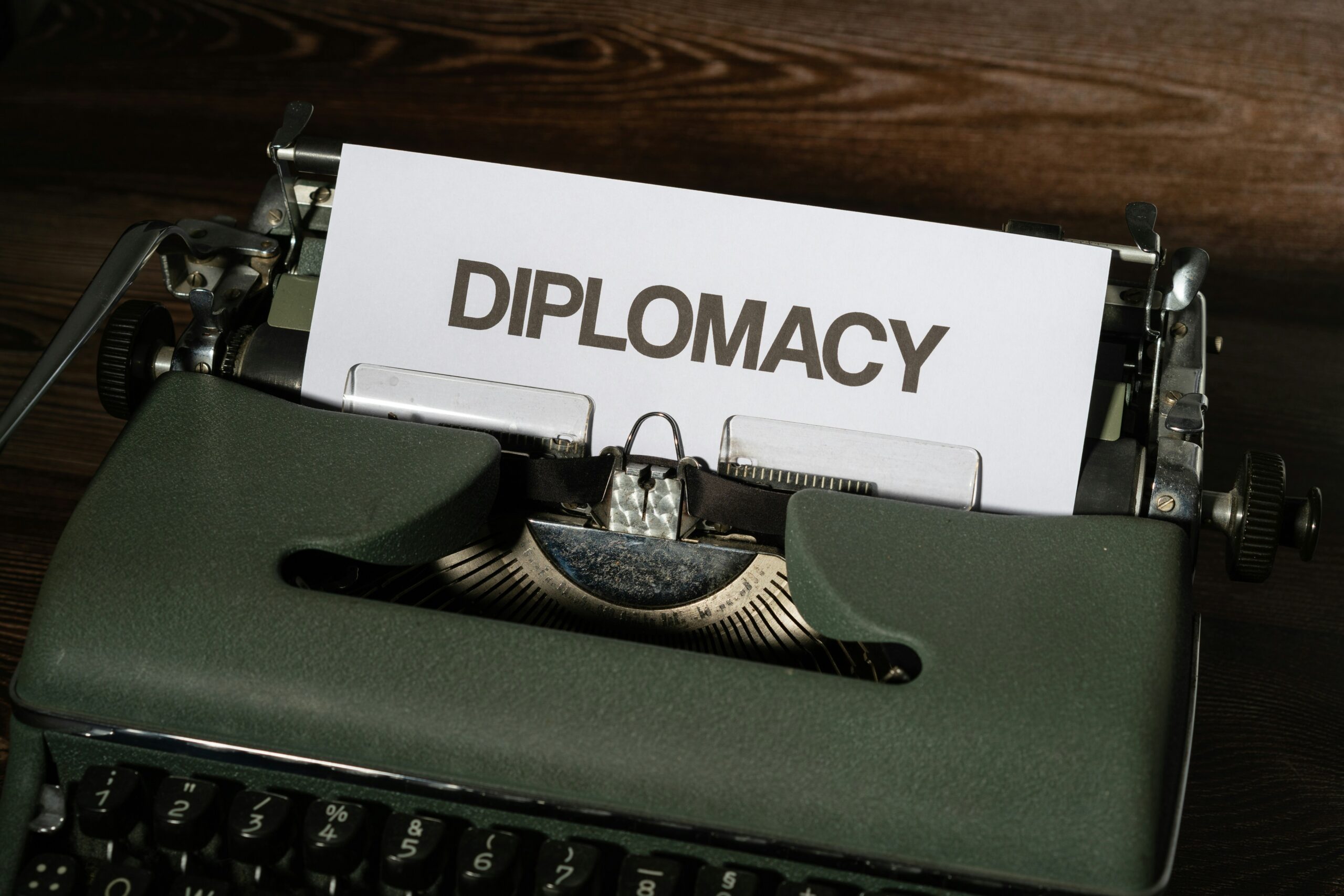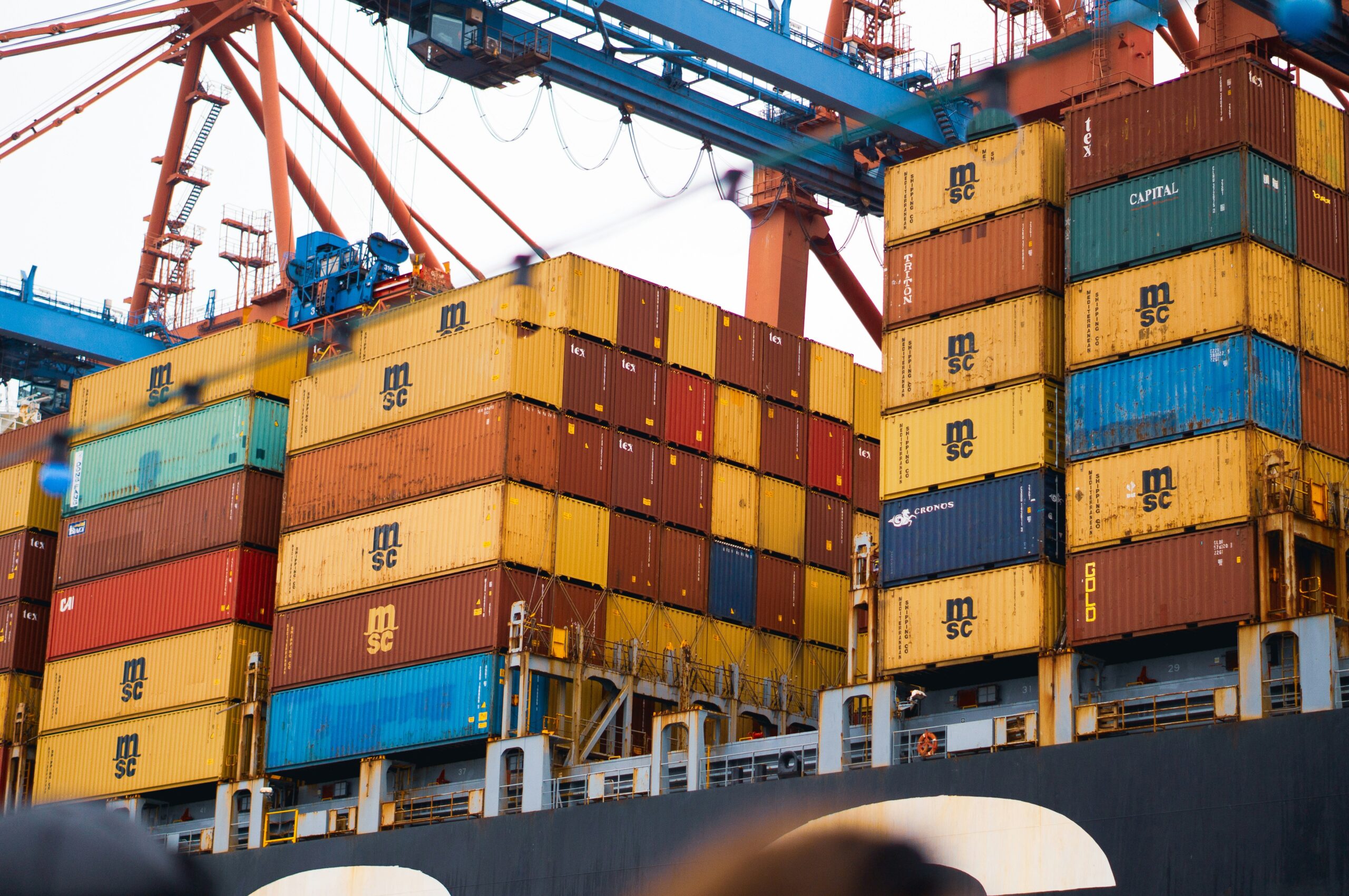Iskender Sharsheev, head of the Secretariat of the National Alliance of Business Associations, said that over the years that Kyrgyzstan has been independent, the country has slowly moved from a command-and-control system to a market system. But he thinks that the country still needs to do a lot to fix its economy.

Details about the economy of the country
Since Kyrgyzstan became independent 30 years ago, there have been some interesting changes in its economy. So, the developed light industry in the country fell apart at the end of the USSR when the system for dividing up work and resources in the economy broke down. This happened to all high-tech and light industries. The industry is becoming less important to the country’s economy very quickly. This doesn’t mean that the country has no business. There are both small and large businesses that work, and every so often, a new production company will enter the market. Two systems in the Kyrgyz Republic have grown in a very interesting way. The first is the state apparatus, which has stayed in place and passed on the old traditional values. It has completely taken over from the Soviet Union all the basic principles of management and organization of work. There is an idea that state organizations are run like a command-and-control economy, with state services. The second system is like a parallel universe that is happening at the same time. It is the private sector, where the liberal economy is fully working. This private sector works even though there are no special rules. The country went through a wild privatization process. As of now, there are no exact results from the inventory, but there are probably more than 4,000 units of state property in the country. Even though there are about 430 thousand units of households, this is the case.
Export license
Most countries have a one-time registration process for people who want to sell goods or services abroad. If this kind of export license is needed, it can be gotten from the right government office. Mostly, a one-time export registration to act as an Exporter/Importer is enough to send goods out of the state. But if restricted items are exported, the nation may need a separate export license to allow these restricted goods to leave the country.
Export process
In the Exporting nation, there is a separate government agency that deals with and regulates these kinds of products and gives out export licenses or export permits. But some goods that can’t be exported because of the trade policy of the exporting nation need a special license to leave the country. From time to time, lists of what can be exported freely, what can only be exported with restrictions, and what can’t be exported at all are made public. Products on the list of goods that can’t be exported can be found on the official country’s website that is exporting the goods. After goods are packed for export, the export customs clearance documents needed by the exporting country’s load port customs are made. The bill is long. Before the export cargo is moved to the country’s customs port, the packing list and any other export documents needed by the country’s customs are set up. The export documents are sent electronically to the customs office in the state. The cargo is moved from where the Exporters are to where the customs office is, which is also where international carriers run. The export cargo is unloaded at the customs bonded area of that state, which is in charge of the cargo. The custodian in the Exporting country is in charge of taking care of export cargo at the export port. Once the export process is done by the country’s customs, the export cargo can be moved with the customs authorities’ permission. When needed, the customs authorities of the state do the export inspections that are needed.
Documents that the exporting country needs to send out
Aside from basic documents, the documents needed to export from the Exporting country depend on the product being exported, any multilateral, bilateral, or unilateral trade agreements, and the Exporting country’s other trade policies. The export documents needed in the Exporting country also depend on the type of goods being shipped (e.g., general goods, personal effects, dangerous goods, livestock, etc.), the regular trade policy of the Exporting country’s government, and the type of goods leaving that country (Arms and ammunition, health products, food products, chemicals, etc).



